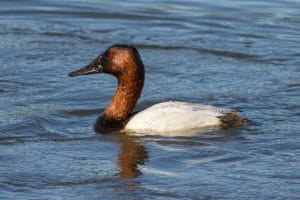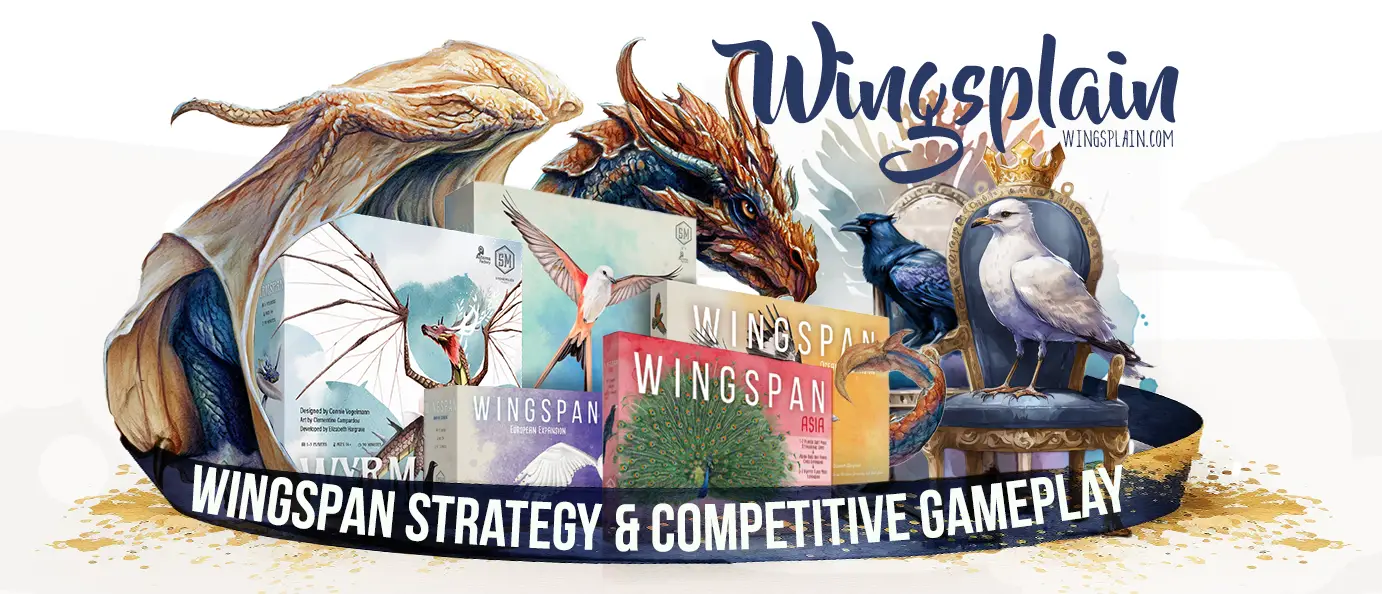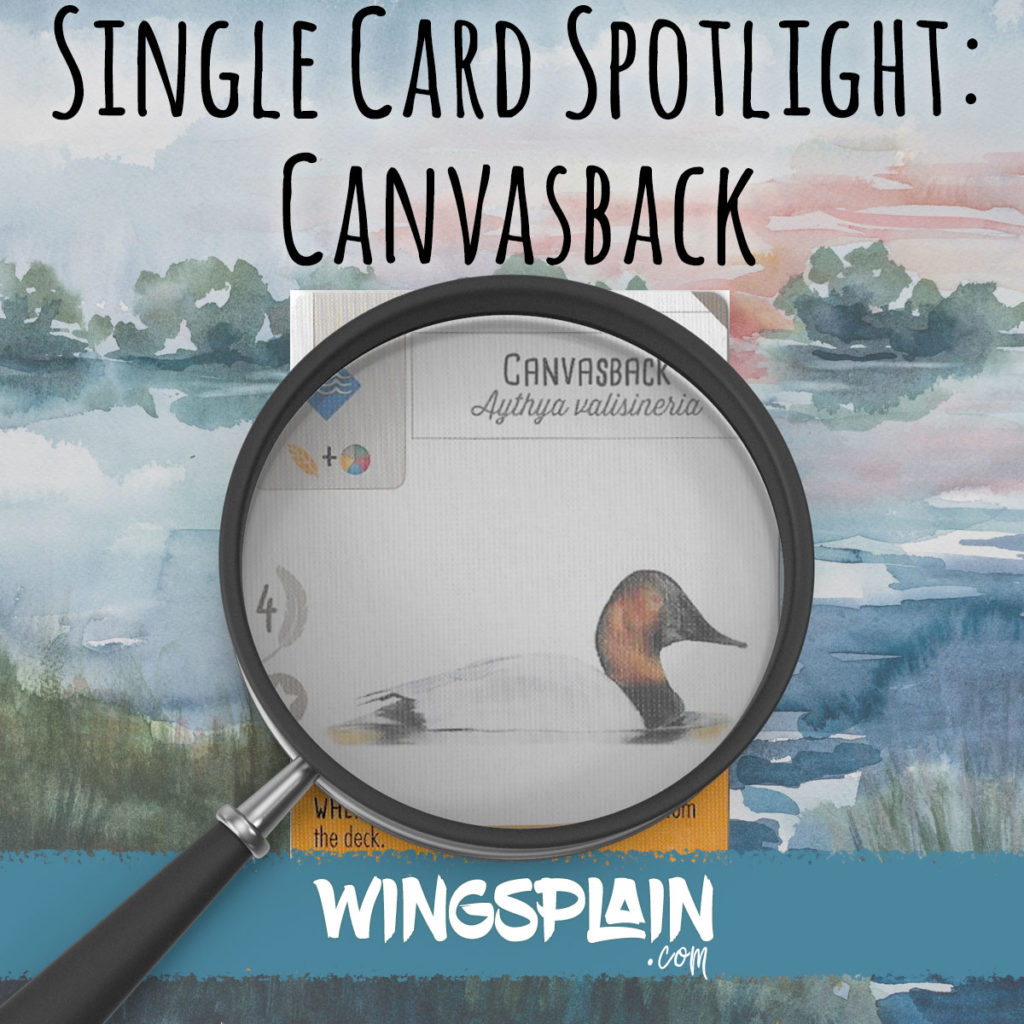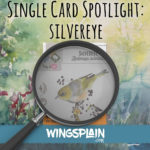Canvasback Wingspan Card Details
Set: Swift Starter Pack + Newer printings of the Core Game
Habitat: Wetlands
Food Cost: Wheat + Wild
Points: 4
Nest Type: Star
Nest Capacity: 4
Power: When Activated: All players draw 1 card from the deck
Optimal Use of Canvasback in Wingspan
The Canvasback Wingspan card, a Wetlands bird, has a moderate food cost of two and benefits from the flexibility of being 50% wild.
The best use of this bird’s brown power will be in the earliest turns of the game. Dropping this in the first column of the Wetlands is going to give you an extra card if you feel like you need it enough to give all of your opponents a card as well. On the Oceania mat, you will be drawing three cards to your opponent’s one, which is pretty good.
Ignoring its power, it’s a solid early-game egg bank with its four egg star nest. The more round bonuses there are looking at nests, the better this will become. If you have a developing Grasslands strategy and you need egg capacity right now, this bird can give it to you as a set and forget drop in the Wetlands. If you manage to get four eggs on it, you are getting eight victory points for the cost of two food. Alignment with round bonuses and bonus cards should easily help you meet or exceed The 5/10/15 Rule.
Egg layers with restrictions can all target the Canvasback’s nest, broadening their capabilities. It’s also not a bad target for Blyth’s Hornbill, which would score 66% of its potential off Canvasback’s eggs. For more about star nests’ rules, check out our FAQ here: Does a Star Nest Count For…..?
Canvasback qualifies for a surprising amount of Bonus Cards. Its star nest helps in this regard as well, opening up a lot more options. Omnivore Specialist tacks two more points onto this already solid bird. Anatomist has a low entry point of just two birds, and the Canvasback Wingspan card gets you halfway there.
Fun Facts About The Canvasback Duck
 Early European settlers in North America described this duck as having a canvas-colored back, which resulted in its common name.
Early European settlers in North America described this duck as having a canvas-colored back, which resulted in its common name.
This bird is called White Backed Duck in some non-English languages.
Some people refer to the Canvasback as “The King of Ducks.”
They have yellow eyes when they hatch, but their eyes turn red after 10-12 weeks.
Canvasbacks are migratory and can be found as far North as Alaska and as far South as the coastlines of the Gulf of Mexico.
During migration, these birds like to stage on the Northern Mississippi River. As much as 50% of the continent’s population can be found here during peak migration.



